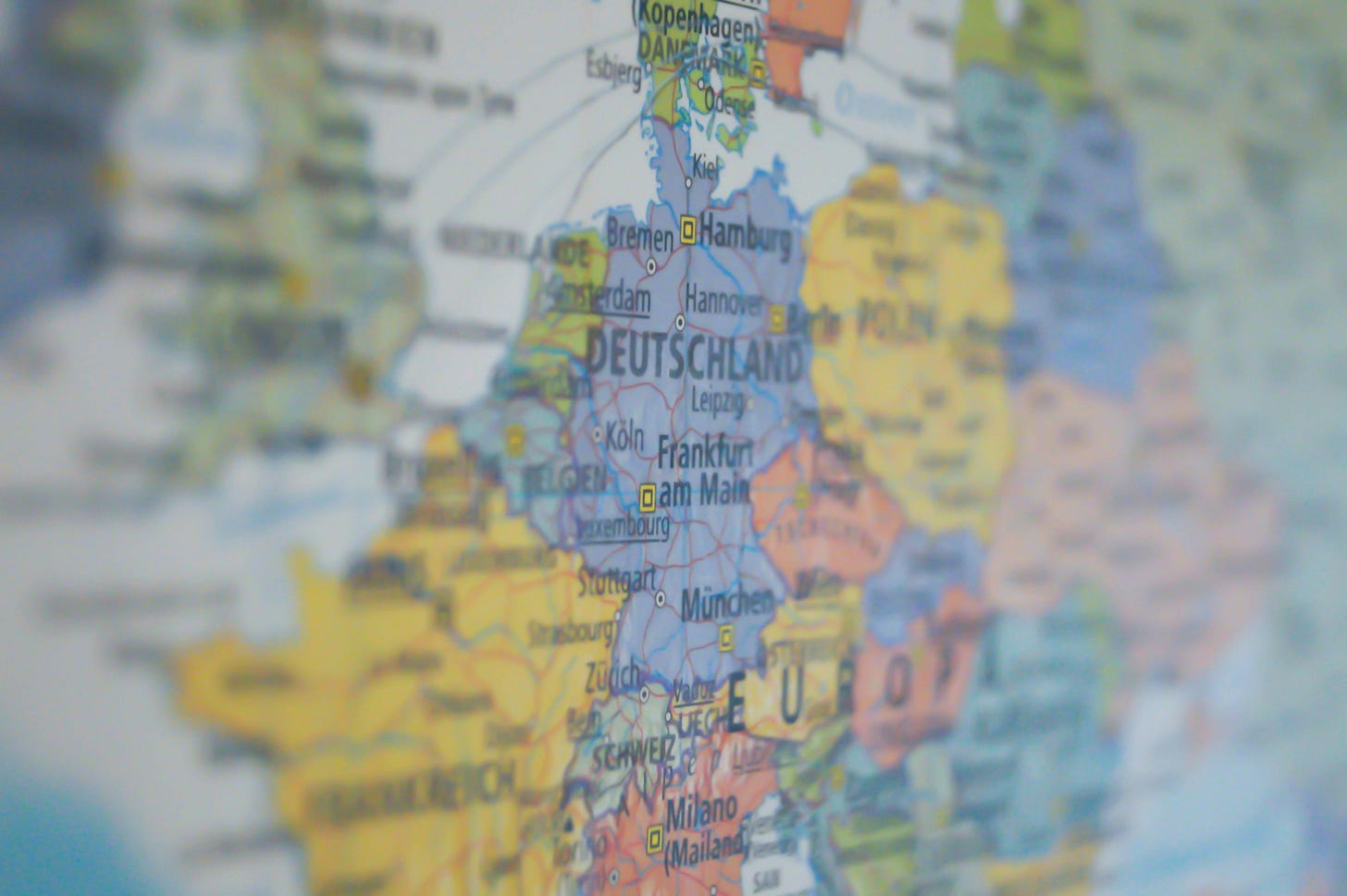This is Keyu Jin, a Harvard-educated professor from the London School of Economics. She’s one of the world’s best insiders into the Chinese economy, and she lays out the exact reasons why China is entering this 2025 Trade War from a position of strength.
You see China is a country that embraces strategic long-term planning and when Donald Trump launched his first trade war against China back in 2018, the Chinese learned a valuable lesson: Never be too reliant on your main trading partner.
Over the past 7 years China has been strategically growing the key industries that will dominate the future of our world and Professor Jin explains how this has changed the entire global economy:
What Keyu just said there cannot be understated. All of these new industries China is leading in—electric vehicles, solar panels, high-speed rail—very little of that is actually going to the United States. If you’re in the US, just look around. You won’t see a single Chinese EV on the road. But in places like Thailand, Australia, and Brazil? Chinese automakers are absolutely dominating the market. Now, let’s take a look at the top 20 fastest-growing economies on Earth.

And who is the number one trading partner for every single one of these rising economies? You guessed it—China. China hasn’t just dominated the fastest-growing regions; it’s become the largest trading partner for the majority of the world. That is why China can withstand this tariff war far better than the U.S. Simply put, China has a plethora of options.
But it doesn’t stop there. It’s not just about who’s growing—it’s also about who’s declining. Western economies are not what they once were. The average American and European simply don’t have the same disposable income they had decades ago, and this trend is only getting worse. That is going to be a massive problem for Trump because his biggest leverage in this trade war is supposed to be the U.S. consumer market. But what happens when that market isn’t as powerful as it used to be? That only leaves the industrial sector—where the U.S. is simply no match for China.
Now, don’t get me wrong. This trade war will bring short-term pain to both economies, but only one country has the long-term runway to stick the landing. China has been preparing for this moment for years by strengthening trade relationships across the globe. Just last year, China announced it would have ZERO tariffs for all developing countries around the world—cementing its position as the trade leader for the Global South.
Meanwhile, the United States currently has sanctions on more than one-third of the global economy—including 60% of all poor countries.
If I’m a developing country looking at who to trade with, it’s a no-brainer—China is the clear partner. So today, with the help of Keyu Jin, we’re breaking down Trump’s latest barrage in his trade war—not just against China, but against the entire world.
But first, let’s examine the political landscape the world is currently in. While China has been building bridges and securing trade deals, Trump has been doing the exact opposite—taxing his closest allies. Under his administration, every country or region that has a trade surplus with the United States is now a target.
The message is clear: If your country sells more goods to the U.S. than the U.S. sells to yours, you have two options. Either relocate your industries to the United States or face trade tariffs. No one can predict Trump’s next move, even Canada, which is the United States’ closest ally and neighbor, was hit with 25% tariffs before Trump saw the stock market crash and quickly announced a 30-day pause to give time for Canada to negotiate. What Trump will do with the rest of the world has yet to be seen, but one thing is for certain—other countries aren’t waiting around to find out. Every major economy is scrambling to diversify and find alternatives to U.S. trade dependence.
Did you catch that? Don’t be at the mercy of the U.S. financial system. That is the key lesson the world is taking from these tariffs. Last month, Ursula von der Leyen, President of the European Commission sent out a clear message:
On China. We will keep de-risking our economies. But there is room to engage and find agreements that could even expand our trade and investment ties. And that could make sense for Europe.
To be honest it’s quite a bold statement for Europe to announce. For years Europe has been at the mercy of the US government and blindly followed any policy the US President presents to them. But once again Trump has threatened to tariff the entire European Union which is exactly why we see this pivot back to China and a change in tone to once again being open to expanding trade.
Interestingly enough a growing number of countries—including longtime American allies—are rushing to strike independent trade deals, and as this NY Times article suggests: One response to Trump’s tariffs is Trade that Excludes the US.
In just the last two months, the EU has finalized three new trade deals—one of them being a massive agreement with four South American countries to create one of the world’s largest trade zones, linking markets with 850 million people.
And this is where things get really interesting. With the EU now following in BRICS’ footsteps and actively seeking alternatives to the U.S.-led economic system, the global economy is shifting. The world is increasingly moving toward a decentralized trade network—one that no longer revolves around Washington. While the U.S. falters and the EU scrambles for an economic lifeline, Asia has firmly established itself as the center of global economic growth—with China at the helm as an undisputed economic superpower.
China now accounts for more than 30 percent of the world’s total manufacturing output. And not only that—China has completely leapfrogged the rest of the world in producing sophisticated electric vehicles, batteries, and solar panels at a scale and cost that no Western country can compete with.
One of the fastest-growing economic blocs trading these goods is ASEAN, the Southeast Asian powerhouse economies of Vietnam, Thailand, Indonesia, and Malaysia which are pivotal economies crucial for the future of China’s success. The biggest changes in trade can be seen in Asia. Nearly 60 percent of Asia’s trade happens within the region, and half of the world’s fastest-growing trade corridors are there. In 2023, China’s exports to ASEAN nations bypassed those from the United States.
And with a majority of these countries either already in BRICS or set to join, these trade relationships are only going to deepen.
And it’s not just Southeast Asia. Looking west, the Persian Gulf nations—Saudi Arabia, the UAE, and others—have also begun prioritizing their relationships with China and India. Why? Energy. Asia now accounts for over 70 percent of total oil and gas exports from the Gulf. This energy trade, combined with the region’s critical position along the New Silk Road connecting China to Europe, has turned the Middle East into one of the biggest beneficiaries of this new global economic order.
Everyone, the global landscape is quickly changing and with an unpredictable Donald Trump leading the United States for the next 4 years, we honestly can’t predict all the changes we are going to see to our global economy.
But as always, we’ll bring you the best insights into the largest geopolitical trends and do our best to help you all make sense of it. Please share this newsletter with your friends and make sure you’re also subscribed to our YouTube channel.









China wants to trade, build, research, manufature, earn, save and make peace to the world.
Great post!